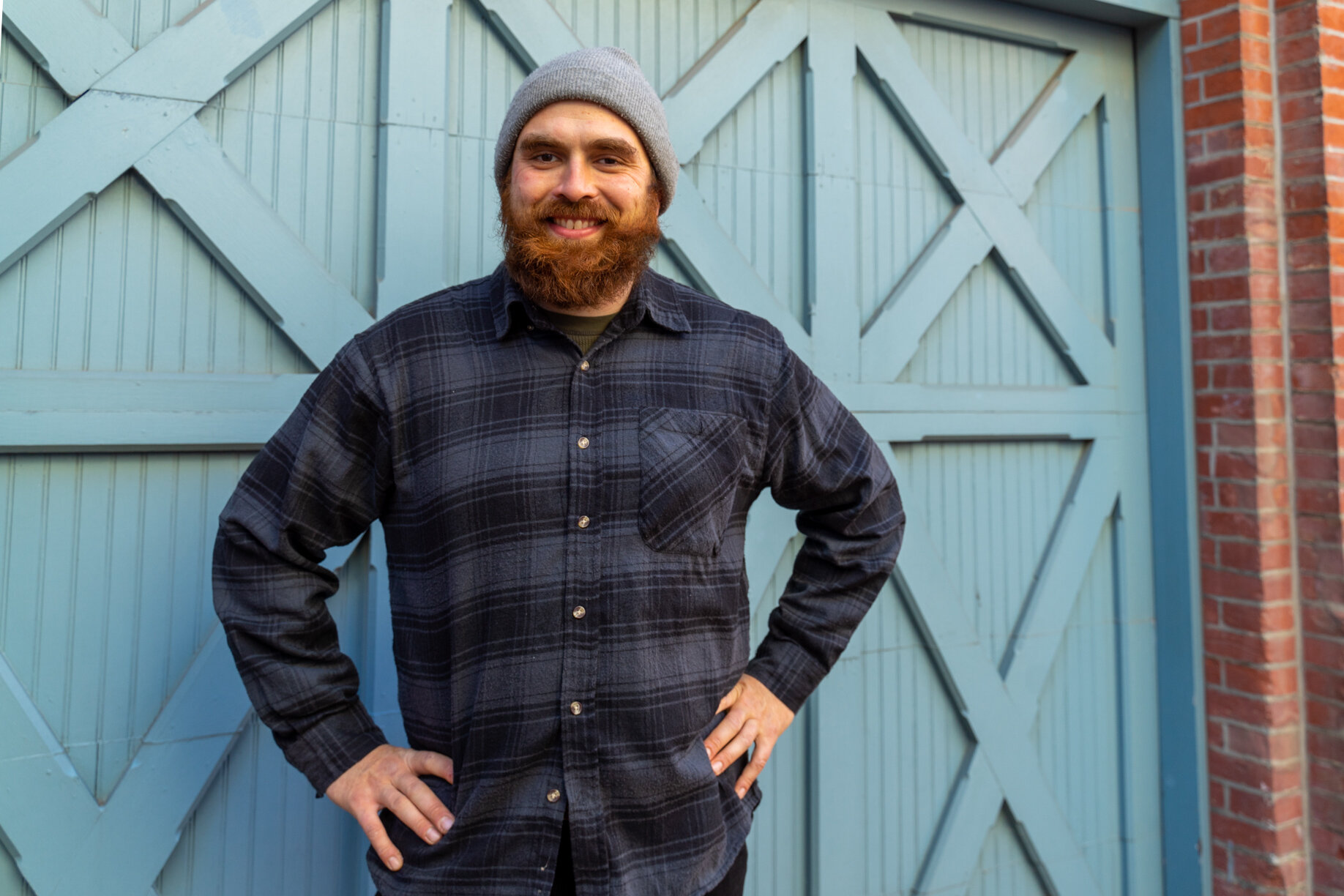DAY OF THE DEAD
Photographs and words by Milton Lindsay
Dia de los Muertos, celebrated each year October 31 through November 2, demonstrates the melding of European and Mesoamerican traditions that define contemporary Mexican culture. Different elements of the celebration can be traced to different origins: the holiday ties in closely with All Saints Day, a Catholic holiday, while the celebritorial nature of holiday reflects the Aztec belief that death is an integral part of life and should be accepted.
Each family’s traditions for Dia de los Muertos vary greatly, but few include a performance by an Aztec dance group. David Piña Aparicio, the owner of Tamalex, a Mexican restaurant in the heart of South Philadelphia,felt it was essential. The turmoil which defined 2020 motivated David to make this year’s celebration something to remember.
“Since we didn’t have the large celebration this year, we wanted the performance to be a special gift to the families,”Aparicio said. And “make sure that we don’t lose the traditions and in the future they keep doing it.”
Aztec culture has a prominent place in Philadelphia’s large Mexican community. At festivals and celebrations throughout the year, performers wearing traditional costumes and dancing to Aztec music is a common sight. Kalpulli Kamaxtle Xiuhcoatl, led by Javier Santamaría Maldonado stands out with their extraordinary costumes and performance.
Leticia Roa-Nixon, a group member and expert on indigenous culture says there are no specific Aztec ceremonies or dances for Dia de los Muertos. The group’s performance – drawn from Aztec belief in cyclical nature of life and the importance of elements earth, wind and fire – are personified the spirit of the celebration.

